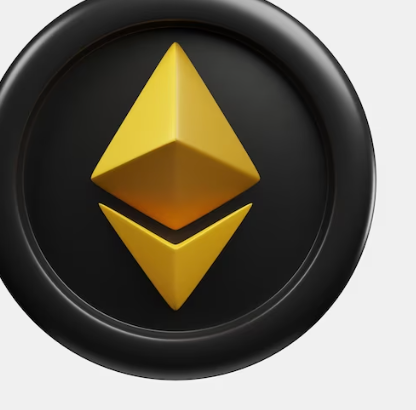$ETH $ADA
#Ethereum #Cardano #CharlesHoskinson #cryptocurrency #blockchain #scalability #DeFi #Layer2 #cryptoanalysis #financialtechnology #smartcontracts #digitalcurrency
In a recent revelation, Charles Hoskinson, the co-founder of Cardano and one of the early contributors to the Ethereum project, voiced serious concerns about the future of Ethereum. According to Hoskinson, the scalability solutions that Ethereum is pursuing, particularly the Layer 2 (L2) solutions, are not only inadequate but are also detrimental to the health of the network. He described these Layer 2 solutions as ‘parasitic,’ suggesting that they are extracting value from the Ethereum main chain rather than contributing to its scalability and efficiency. This critique comes at a time when Ethereum has been struggling with high transaction fees and network congestion, issues that L2 solutions like Optimism and Arbitrum aim to address by processing transactions off the main chain, thereby reducing the load and theoretically lowering the costs.
Hoskinson’s commentary sheds light on a growing concern within the cryptocurrency community about the sustainability of L2 solutions and whether they can truly offer a long-term fix to the scalability issues plaguing Ethereum. He posits that these solutions could lead to a more fragmented ecosystem where the value is siphoned off the main chain, potentially weakening Ethereum’s position as the leading smart contract platform. This concern is not unfounded, as the introduction of L2 solutions has led to a proliferation of parallel environments where developers and users might not necessarily interact with the Ethereum main chain, hence diverting fees and interactions away from the core network.
However, proponents of Ethereum argue that L2 solutions are a necessary step towards scalability, one that is critical for Ethereum to maintain its dominance in the DeFi and smart contracts space. They contend that by offloading transactions to L2 solutions, Ethereum can significantly increase its transaction throughput, reduce costs, and improve the user experience without sacrificing decentralization or security. These improvements are deemed essential for Ethereum to compete with newer blockchain platforms that claim to offer better scalability and lower fees out of the box, such as Cardano, which Hoskinson leads. The debate highlights the complex trade-offs and decisions blockchain projects must navigate in pursuit of scalability, decentralization, and security.
In conclusion, Charles Hoskinson’s stark warning about Ethereum’s L2 solutions being ‘parasitic’ raises important questions about the future of Ethereum and whether it can adapt in time to meet the challenges ahead. As the blockchain space continues to evolve, the Ethereum community is faced with the daunting task of proving that its approach to scalability can sustain the network’s growth without compromising its foundational principles. This debate over the viability of L2 solutions underscores the larger tensions within the cryptocurrency world, as different projects explore diverse paths towards achieving scalability, each with its own set of trade-offs and implications for the future of the digital economy.





